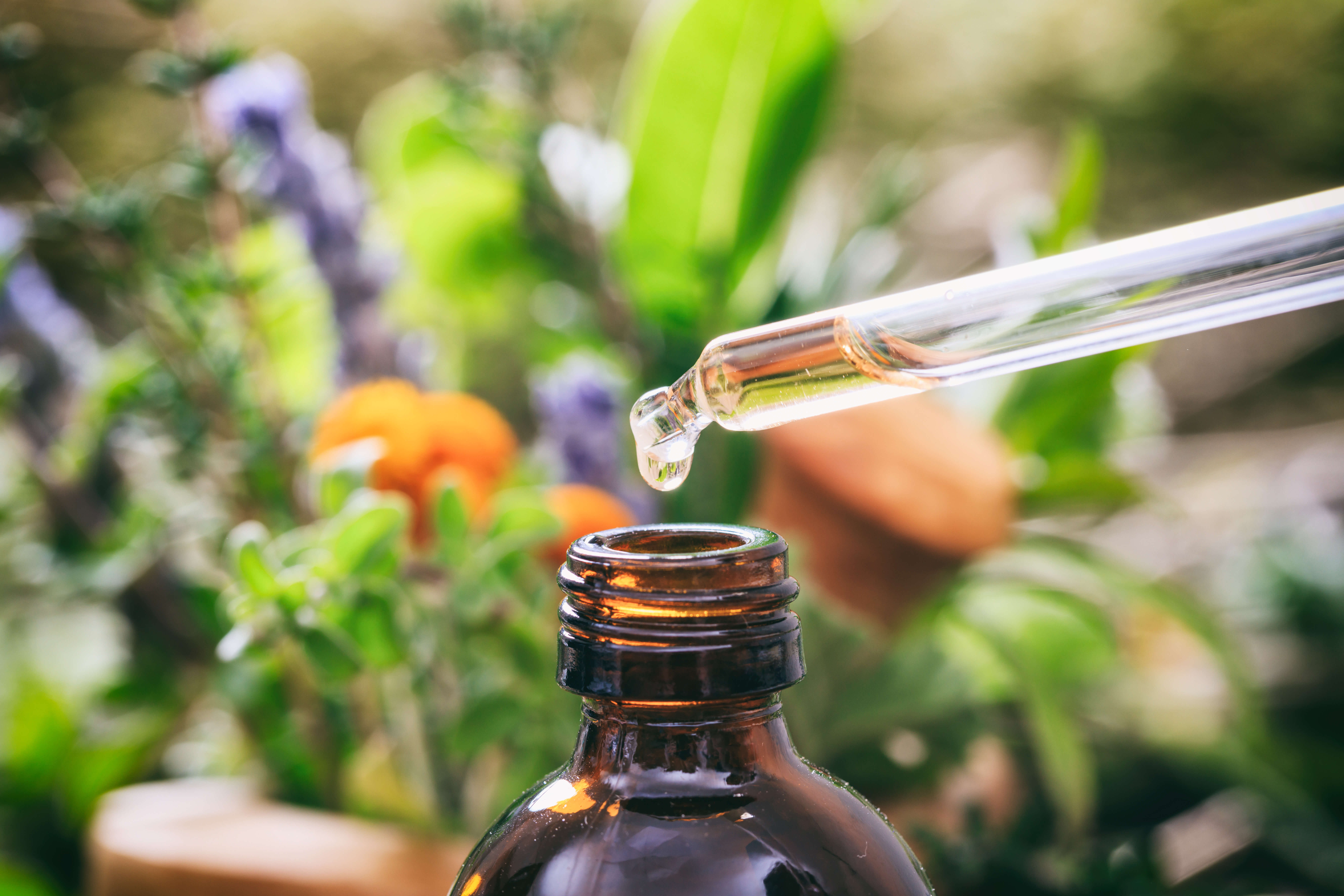There are many ways to combine essential oils. Using a strategy, rather than just mixing away with no rhyme or reason can sometimes help to achieve better results. There are many ways to go about combining oils including blending by botanical family as well as by scent group. This post will address blending essential oils by perfume note.
The Perfume Notes
In the mid-1800s, GW Septimus Piesse devised a method for classifying scents according to musical scales based on his belief that the brain links sound and smell. According to this method, he created what he called harmonious scents. Ultimately, chemist William Arthur Poucher simplified this complicated system into just three notes. He called these notes top, middle and base.
The Top Note is the aroma that is first detected by the nose but rapidly evaporates. It can be detected on the skin within 10 minutes of applying perfume.
The Middle Note is the heart, or modifier, and it is usually detected between 10-45 minutes after applying an essential oil. It can last on the skin for several hours or even days.
The Base Note, or fixative, is the anchor of the aroma, and it holds the fragrance together.
Working together, the top note introduces the scent, while the middle note and the base note create the core of the aroma. This theory has since evolved as not every oil fits into just one category. Below is a table describing a few essential oils as top, middle to top, middle, middle to base, and base. When you begin blending in this way, you can easily start with three different oils.
| Top | Middle to Top | Middle | Middle to Base | Base |
| Bergamot | Basil | Caraway | Onycha | Frankincense |
| Lemon | Celery | Clove | Cypress | Patchouli |
| Peppermint | Lemongrass | Fennel | Pepper | Sandalwood |
| Petitgrain | Pine | Ginger | Rose | Vetiver |
Now to Combine
Here is a table that shows some oils that combine well according to note. Choose 2-4 oils from the same row. As you get more experienced combing in this way, you can experiment more with combining different aromas. Always record what you are working on so that you can duplicate a great scent or adjust something that might need a bit of tweaking.
Oils that Combine Well According to Perfume Note
| Top | Middle to Top | Middle | Middle to Base | Base |
| Bergamot | Angelica | Geranium | Cedarwood | Patchouli |
| Lemon | Pine | Marjoram | Cypress | Sandalwood |
| Peppermint | Tea tree | Fir | Cedarwood |
Let Your Nose Decide
You don’t always have to use a method to combine oils. There are times that you may just simply combine a couple oils that you love and achieve great results. However, other times a bit of science can produce balanced, harmonious blends that you will want to create again and again.
This is Not the Only Strategy
Blending essential oils by perfume note is not the only way to blend. Come check out this blog post on blending essential oils by botanical family. Or use your new skills to create a simply Happy Detox Bath with whichever essential oils you like.
Want even more oily education? Come on and , your essential oil video encyclopedia.












